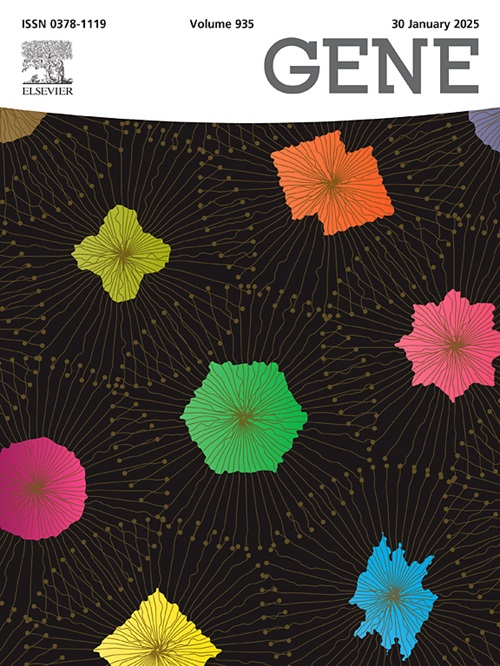b细胞急性淋巴细胞白血病中microRNA关联和信号通路的机制和临床意义
IF 2.4
3区 生物学
Q2 GENETICS & HEREDITY
引用次数: 0
摘要
目的:本综述探讨了microRNA (miRNA)失调在b细胞急性淋巴细胞白血病(B-ALL)中的临床意义,通过探索有效的生物标志物应用和解决儿科和成人人群治疗实施方面的挑战,弥合了机制理解和临床翻译之间的差距。方法回顾相关文献,探讨miRNA在B-ALL发病机制、治疗效果及临床转归中的作用。临床和实验结果进行了检查,以了解靶向miRNA通路的治疗意义。结果特异性miRNA谱可区分B-ALL与其他白血病亚型,预测治疗结果和复发风险,具有临床意义。关键mirna的显著失调,尤其是miR-155、miR-150和let-7家族成员,似乎会影响PI3K/AKT、JAK/STAT、NOTCH和Wnt信号通路。在650名儿科患者中,8-miRNA标记预测泼尼松反应的准确率达到78%,导致治疗方案的调整。在临床实践中,miR-124a甲基化检测显示3年无事件生存率提高。miR-181a/TGF-β1生物标志物在15个国家得到验证,并纳入国际协议。然而,治疗应用面临着显著的障碍,包括递送效率、安全性问题和阻碍广泛实施的耐药机制。目前的证据支持使用mirna作为B-ALL的有效生物标志物,显示出对风险分层和个性化治疗护理的显著影响。正在进行的改进给药系统和全面安全性评估的研究对于释放基于mirna的B-ALL治疗的全部治疗潜力至关重要。本文章由计算机程序翻译,如有差异,请以英文原文为准。
Mechanisms and clinical implications of microRNA associations and signaling pathways in B-cell acute lymphoblastic leukemia
Purpose
This comprehensive review examines the clinical significance of microRNA (miRNA) dysregulation in B-cell acute lymphoblastic leukemia (B-ALL), bridging the gap between mechanistic understanding and clinical translation by exploring validated biomarker applications and addressing therapeutic implementation challenges in pediatric and adult populations.
Methods
A comprehensive literature review was conducted to assess the role of miRNA in B-ALL pathogenesis, treatment response, and clinical outcomes. Clinical and experimental findings were examined to understand the therapeutic implications of targeting miRNA pathways.
Results
Specific miRNA profiles differentiate B-ALL from other leukemia subtypes, predicting treatment outcomes and relapse risk with clinical significance. Significant dysregulation of key miRNAs, especially miR-155, miR-150, and members of the let-7 family, seems to influence the PI3K/AKT, JAK/STAT, NOTCH, and Wnt signaling pathways. An 8-miRNA signature achieved 78 % accuracy in predicting prednisone response in 650 pediatric patients, leading to adjustments in treatment protocols. miR-124a methylation testing showed improved 3-year event-free survival in clinical practice. miR-181a/TGF-β1 biomarkers were validated across 15 countries and integrated into international protocols. However, therapeutic applications face notable barriers, including delivery efficiency, safety concerns, and resistance mechanisms that hinder widespread implementation.
Conclusions
Current evidence supports the use of miRNAs as validated biomarkers for B-ALL, demonstrating a significant impact on risk stratification and personalized treatment care. Ongoing research into improved delivery systems and comprehensive safety assessments is essential for unlocking the full therapeutic potential of miRNA-based treatments for B-ALL.
求助全文
通过发布文献求助,成功后即可免费获取论文全文。
去求助
来源期刊

Gene
生物-遗传学
CiteScore
6.10
自引率
2.90%
发文量
718
审稿时长
42 days
期刊介绍:
Gene publishes papers that focus on the regulation, expression, function and evolution of genes in all biological contexts, including all prokaryotic and eukaryotic organisms, as well as viruses.
 求助内容:
求助内容: 应助结果提醒方式:
应助结果提醒方式:


